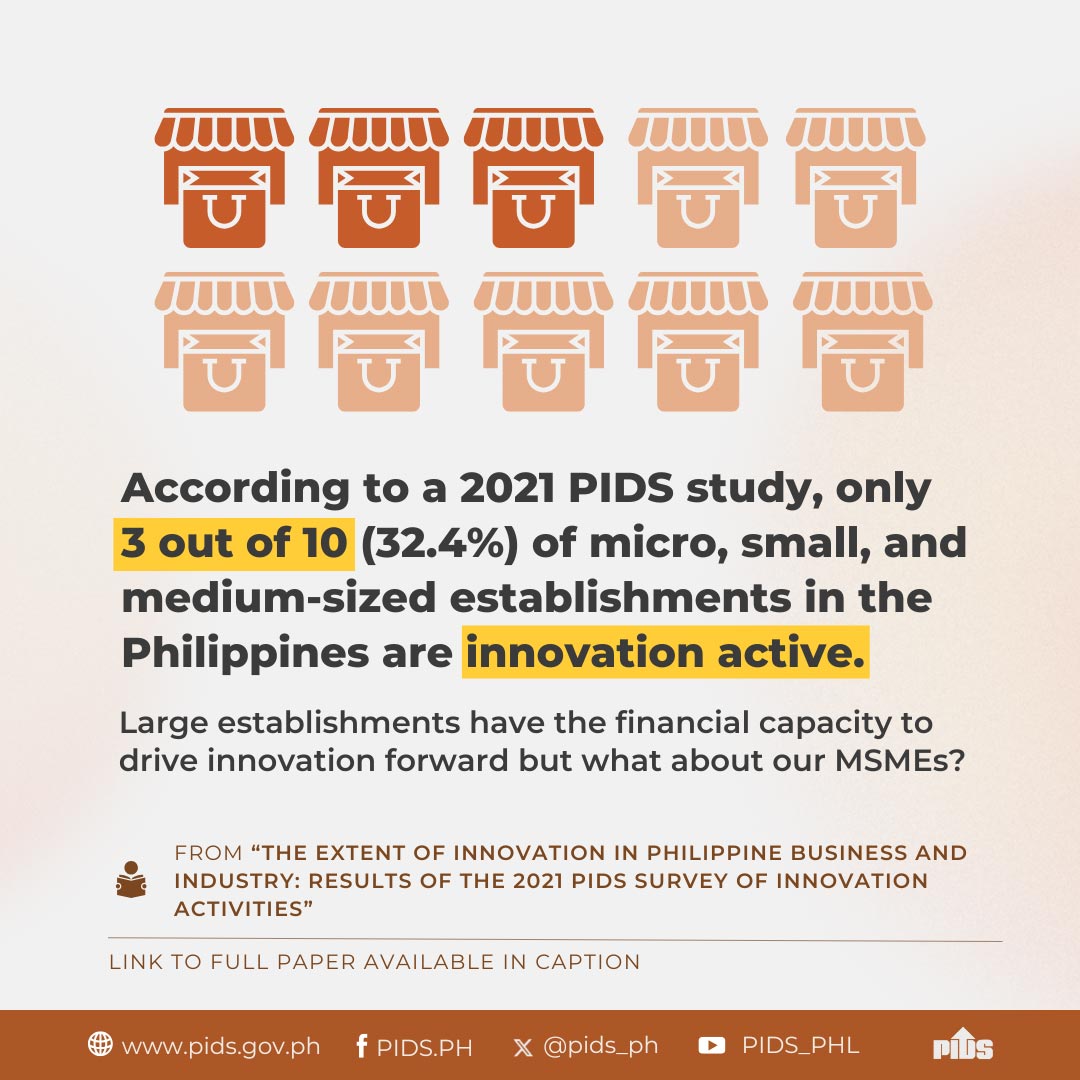An untapped major economic advantage presented to the Philippines by the Association of Southeast Asian Nations (Asean) integration is that it can serve as leverage for Filipino micro, small and medium enterprises (MSMEs) to join regional production and distribution networks, according to economists.
Dr. Josef Yap, professorial lecturer at the UP School of Economics and former president of the Philippine Institute for Development Studies (PIDS), pointed out that “the heart of economic integration in Southeast Asia is regional production and distribution networks.”
As such, he said, the Philippines can benefit more from being part of the Asean Economic Community (AEC) by working toward greater participation in the supply chain.
But he said that at present, “the Philippines lacks scale and scope to participate in these regional production networks.”
Yap, speaking at a forum on Asean integration in University of the Philippines Diliman on August 17, said this deficiency is evidenced by the destinations of foreign direct investments flowing through the region, with the Philippines trailing Vietnam and other neighbors in FDI share.
“We have fallen behind not only in FDI but also in exports,” he said, pointing to published statistics.
“The AEC can help us and in order for it to be more inclusive, we have to encourage small and medium enterprises to participate in these regional production networks,” he said.
The launching of the much-awaited National Single Window in the Philippines can be a way forward for these enterprises.
Unfortunately, Yap said, the project remains stalled.
Government support for MSMEs can also be realized providing them technology and financing, and pursuing physical connectivity and bringing down borders by fast-tracking the building of more roads, bridges, and ports, he added.
Dr. Erlinda Medalla, a senior research fellow at PIDS and project director at the Philippine APEC Center Network, agreed.
In her speech, she underscored the need to involve MSMEs in regional production, calling for a Philippine game plan “in the form of a comprehensive roadmap for industry and manufacturing” to achieve this goal.
She continued that a conducive business environment is essential to making the Philippines a more competitive player in the AEC, and this can be accomplished by making improvements in “three critical areas”-logistics, infrastructure, and connectivity, “not just across borders but within the nation’s borders.”
Dr. Josef Yap, professorial lecturer at the UP School of Economics and former president of the Philippine Institute for Development Studies (PIDS), pointed out that “the heart of economic integration in Southeast Asia is regional production and distribution networks.”
As such, he said, the Philippines can benefit more from being part of the Asean Economic Community (AEC) by working toward greater participation in the supply chain.
But he said that at present, “the Philippines lacks scale and scope to participate in these regional production networks.”
Yap, speaking at a forum on Asean integration in University of the Philippines Diliman on August 17, said this deficiency is evidenced by the destinations of foreign direct investments flowing through the region, with the Philippines trailing Vietnam and other neighbors in FDI share.
“We have fallen behind not only in FDI but also in exports,” he said, pointing to published statistics.
“The AEC can help us and in order for it to be more inclusive, we have to encourage small and medium enterprises to participate in these regional production networks,” he said.
The launching of the much-awaited National Single Window in the Philippines can be a way forward for these enterprises.
Unfortunately, Yap said, the project remains stalled.
Government support for MSMEs can also be realized providing them technology and financing, and pursuing physical connectivity and bringing down borders by fast-tracking the building of more roads, bridges, and ports, he added.
Dr. Erlinda Medalla, a senior research fellow at PIDS and project director at the Philippine APEC Center Network, agreed.
In her speech, she underscored the need to involve MSMEs in regional production, calling for a Philippine game plan “in the form of a comprehensive roadmap for industry and manufacturing” to achieve this goal.
She continued that a conducive business environment is essential to making the Philippines a more competitive player in the AEC, and this can be accomplished by making improvements in “three critical areas”-logistics, infrastructure, and connectivity, “not just across borders but within the nation’s borders.”












